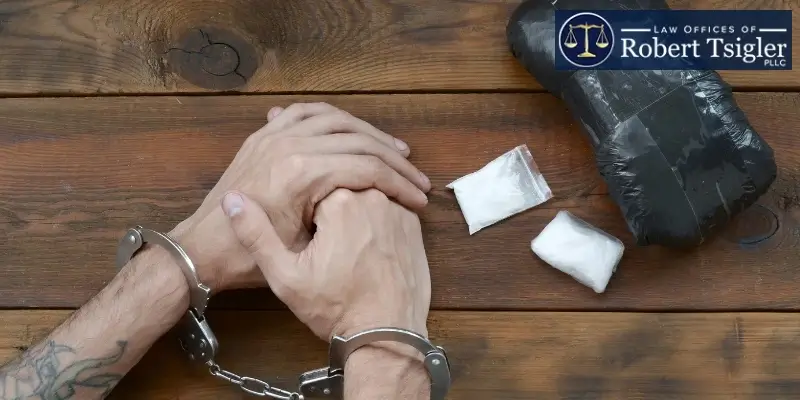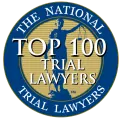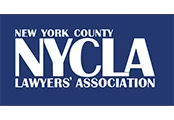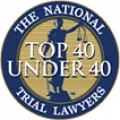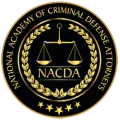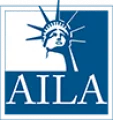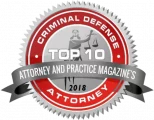Drug trafficking remains a significant issue in New York, where various factors contribute to the ongoing demand, production, and distribution of illegal substances. Exploring the causes of drug trafficking in New York reveals a web of social, economic, and systemic influences that collectively drive this illicit trade.
Economic hardships, societal pressures, and organized crime networks; we cannot begin to effectively address or mitigate the impact that drug trafficking has on New York’s communities until we understand these causes.
Socioeconomic Challenges and Limited Opportunities
One of the primary factors contributing to drug trafficking in New York is the persistence of economic hardship in certain communities. Areas with high poverty rates, lack of employment opportunities, and limited access to quality education are often more vulnerable to criminal activity.
Individuals in these communities may see drug trafficking as one of the few available paths to financial stability, particularly if they face barriers to conventional employment.
Demand for Illicit Substances
High demand for illegal substances continues to drive drug trafficking networks. New York is a densely populated state with major metropolitan areas, and the market for various controlled substances has never wavered.
Drug trafficking networks capitalize on this demand by establishing well-organized distribution channels.
Role of Organized Crime Networks
Organized crime plays a significant role in facilitating drug trafficking in New York. Large criminal organizations and smaller local gangs are often responsible for managing and overseeing the complex logistics involved in the drug trade. These networks typically have established routes and methods to smuggle, store, and distribute drugs across state lines and within neighborhoods.
Drug cartels and other organized crime groups are typically responsible for bringing drugs into New York, either directly or through intermediary networks. These groups utilize sophisticated methods to avoid detection, including bribery, trafficking technology, and even infiltration of legitimate businesses to launder money.
Cartels are often particularly influential in the distribution of drugs like cocaine, heroin, and methamphetamines, which are transported into the United States through smuggling routes and find their way to major distribution points, including New York City.
Geographic Location and Transportation Access
New York’s geographic position and access to major transportation hubs also make it a focal point for drug trafficking. With extensive highways, a major international airport, and busy seaports, New York serves as a primary entry and distribution hub for drug traffickers. The accessibility of these transport systems enables traffickers to efficiently move large quantities across state lines and internationally.
Economic Profits and Financial Incentives
The significant financial gains associated with drug trafficking create a strong incentive for individuals and groups to participate in the trade.
Traffickers at every level of the distribution chain, from street-level dealers to high-ranking cartel members, profit considerably from this illegal industry. For some, those profits far outweigh the risks of apprehension or punishment, creating strong financial motivation to continue.
Profits are often reinvested in other illegal enterprises or used to purchase real estate, businesses, and assets that aid in laundering money and conceal the source of income. Money laundering schemes associated with drug trafficking can complicate law enforcement efforts, as traffickers often use these profits to fortify their operations, procure weapons, and increase their power over certain regions or neighborhoods.
This cycle of financial gain and reinvestment only intensifies the challenges associated with curbing trafficking.
Influence of Social and Cultural Factors
Cultural and social influences also play a role in drug trafficking activities in New York. In certain communities, drug dealing has been normalized as a means of status, particularly when individuals see drug traffickers achieving financial success and influence.
Peer pressure, social acceptance of drug use, and even popular media portrayals of the drug trade can sometimes make drug trafficking seem like a viable or enticing option, particularly for youths and young adults.
Additionally, limited resources for mental health and addiction treatment may cause some individuals struggling with substance abuse to turn to trafficking as a means of maintaining their own supply. This pattern of dependency and trafficking creates a self-perpetuating cycle that can impact entire communities, making it difficult to address trafficking issues without tackling the root causes of addiction and mental health challenges.
Limited Resources for Law Enforcement
Despite significant efforts from New York’s law enforcement agencies, they face budget constraints, technological challenges, and, sometimes, community distrust that can hinder their ability to effectively target and dismantle trafficking operations.
Drug traffickers may adapt their techniques to avoid detection, employing encrypted communications, decentralized distribution methods, and strategic alliances to stay ahead of enforcement efforts. Even as law enforcement invests in technology and cross-jurisdictional collaborations, these resources may be stretched thin, impacting their ability to effectively monitor all trafficking activities.
This challenge often necessitates increased collaboration with federal agencies and other states, which may not always be feasible for routine or lower-level trafficking cases.
FAQs
What Are the Penalties for Drug Trafficking in New York?
Penalties for drug trafficking in New York can be severe, and they often include long prison sentences, hefty fines, and other legal repercussions. For large-scale operations or trafficking of high-level controlled substances, penalties can range from several years to life in prison, depending on the amount and type of drug involved.
Are Drug Trafficking Charges in New York Considered Felonies?
Yes. Drug trafficking charges in NY are almost always considered felonies, as the crime typically involves distributing, selling, or transporting controlled substances in significant quantities. Like the federal system, New York categorizes controlled substances into five drug schedules, with Schedule I drugs deemed the most dangerous and subject to the harshest penalties.
How Does a Drug Trafficking Conviction Impact Future Opportunities?
A drug trafficking conviction can have a long-lasting impact on future employment, housing, and financial opportunities. Convictions are often permanent on an individual’s criminal record. This means that every time a background check is issued, for example, applying for jobs, housing, and certain public benefits, the drug trafficking conviction can show up. It can also lead to suspension of professional licenses.
Is There a Mandatory Minimum Sentence for Drug Trafficking in New York?
Yes, in New York, certain drug trafficking offenses carry mandatory minimum sentences. This is especially true for cases involving higher quantities of controlled substances or for repeated offenses. This means that individuals who are convicted of these crimes cannot serve less than the minimum prison term. The minimum prison term is set and allocated by the law.
If you are facing drug trafficking charges in New York, you don’t have to confront them alone. The Law Offices of Robert Tsigler, PLLC, are ready to discuss your case, fight for your rights, and be your advocate in court. Contact us today to schedule a consultation.



